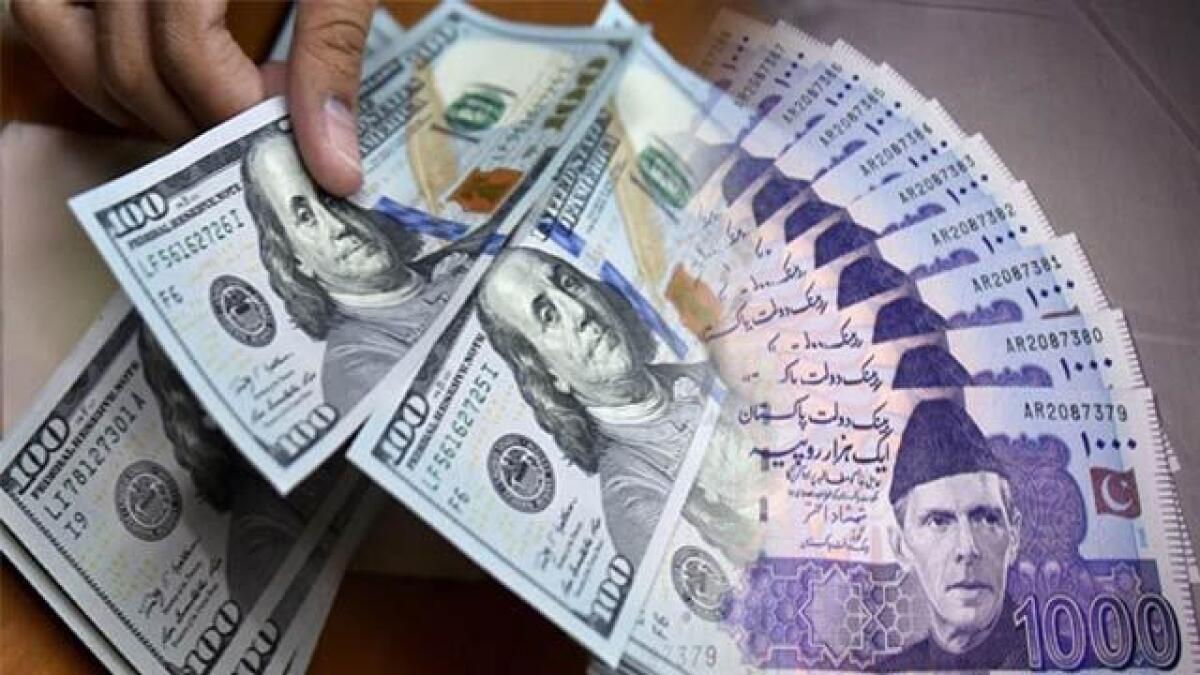Introduction To 1 USD to PKR
Exchange rates are a critical aspect of global economics, influencing everything from international trade to travel. For a country like Pakistan, which relies on imports and exports, the relationship between its currency, the Pakistani Rupee (PKR), and major global currencies such as the US Dollar (USD) and British Pound (GBP) plays a vital role in its economic stability. In this article, we will delve into the intricacies of the 1 USD to PKR exchange rate, factors that affect it, and also touch upon the exchange rate for 1 Pound to PKR.
What Is an Exchange Rate?
An exchange rate is the value of one currency for the purpose of conversion to another. It indicates how much of one currency you can get in exchange for another. For instance, if the exchange rate is 1 USD to PKR 280, it means that for every 1 US Dollar, you will receive 280 Pakistani Rupees. Similarly, if the exchange rate for 1 Pound to PKR is 360, you can exchange one British Pound for 360 Pakistani Rupees.
Exchange rates can fluctuate daily due to various economic factors such as inflation, interest rates, political stability, and market speculation. Central banks also play a significant role in controlling exchange rates by intervening in the forex market to stabilize their currencies.
Historical Context of the USD to PKR Exchange Rate
The relationship between the US Dollar and Pakistani Rupee has seen significant changes over the years. In the 1970s, the exchange rate for 1 USD to PKR was under PKR 10. However, with increasing debt, inflation, and economic challenges, the rupee began to depreciate significantly. By the early 2000s, the exchange rate had crossed PKR 60 per USD.
In recent years, the exchange rate has become a point of concern for Pakistan’s economy. In 2020, the exchange rate stood at around PKR 160 per USD. By mid-2023, the Pakistani Rupee had depreciated further, crossing the PKR 280 mark against the US Dollar. This continuous depreciation has been attributed to several factors, including the country’s growing fiscal deficit, external debts, political instability, and global economic challenges like the COVID-19 pandemic.
Factors Affecting the USD to PKR Exchange Rate
-
Inflation Rate: A country with a consistently lower inflation rate will exhibit a rising currency value because its purchasing power increases relative to other currencies. Pakistan has faced persistent inflation, which has led to the weakening of the PKR against the USD.
-
Interest Rates: The central bank’s interest rate directly affects the exchange rate. Higher interest rates offer better returns on investments made in that country, which attracts foreign capital and increases the demand for the local currency. Pakistan’s interest rates have fluctuated in response to economic challenges, affecting the demand for the rupee.
-
Political Stability: Political uncertainty or instability can lead to a loss of confidence in a nation’s currency. Pakistan has experienced significant political upheaval, which often leads to currency depreciation. Investors and businesses seek stable environments, and political unrest can result in capital flight, further weakening the rupee.
-
Trade Balance: A country’s balance of payments and trade deficit/surplus play a pivotal role in determining the strength of its currency. Pakistan imports more than it exports, which creates a trade deficit and leads to an outflow of foreign exchange, further pressuring the rupee.
-
Foreign Exchange Reserves: Adequate foreign reserves are essential for stabilizing a currency. When reserves are low, central banks are less able to defend the currency from devaluation. Pakistan’s foreign reserves have been under pressure due to the repayment of external debts, impacting the exchange rate.
Impact of USD to PKR Exchange Rate on Pakistan’s Economy
A high USD to PKR exchange rate has both direct and indirect consequences on Pakistan’s economy. Some of the most significant impacts include:
-
Inflation: As the rupee weakens, the cost of imported goods rises, leading to inflation. Pakistan is heavily reliant on imports for essential goods such as petroleum, machinery, and raw materials. When the value of the rupee falls, these imports become more expensive, driving up prices for consumers and businesses.
-
Debt Servicing: Pakistan’s external debt is primarily denominated in US Dollars. A higher exchange rate means the country needs more rupees to service its debt, putting pressure on government finances. This often results in cuts to essential services or higher taxes, which can slow down economic growth.
-
Exports: A weak rupee can make Pakistan’s exports more competitive in global markets. Goods and services produced in Pakistan become cheaper for foreign buyers, potentially boosting the export sector. However, this benefit can be offset if the cost of imported raw materials used in production rises.
-
Foreign Investment: A depreciating rupee can deter foreign investors who fear losing value when they convert their earnings back into their home currency. Political instability and currency devaluation can make Pakistan less attractive for foreign direct investment (FDI).
1 Pound to PKR: A Comparison with the USD
The exchange rate for 1 Pound to PKR has also seen significant fluctuations, much like the USD to PKR rate. The British Pound (GBP) is generally stronger than both the USD and PKR, and its value against the rupee has seen an upward trend over the years.
In 2015, the exchange rate for 1 Pound to PKR hovered around 150-160. By 2020, it had risen to over PKR 200, and by 2023, the rate was above PKR 360. This steep increase in the value of the Pound against the rupee can be attributed to a mix of factors, including the strength of the UK economy relative to Pakistan’s economic challenges, as well as global economic trends.
Factors Influencing the 1 Pound to PKR Exchange Rate
-
UK Economic Strength: The British economy, despite challenges like Brexit, has remained relatively robust, contributing to the strength of the Pound against weaker currencies like the PKR.
-
Global Market Trends: The value of the Pound is also affected by global market trends and events, including trade relationships, interest rates, and inflation in the UK.
-
Pakistan’s Economic Conditions: The depreciation of the rupee against the Pound can be attributed to similar factors as those influencing the USD to PKR rate, such as inflation, debt, and trade imbalances.
Impact of 1 Pound to PKR Exchange Rate
The exchange rate for 1 Pound to PKR affects many aspects of economic activity, particularly for those involved in trade between Pakistan and the UK. Key areas influenced by the exchange rate include:
-
Remittances: Many Pakistanis living in the UK send remittances back to Pakistan. A stronger Pound means that these remittances convert into more rupees, which can help boost household incomes and consumer spending in Pakistan.
-
Imports and Exports: For businesses engaged in trade with the UK, a high 1 Pound to PKR rate can make British goods more expensive to import, while making Pakistani exports more attractive to British buyers.
Conclusion
Understanding exchange rates, particularly the USD to PKR and 1 Pound to PKR rates, is essential for anyone involved in international trade, travel, or investment. The fluctuation of these rates reflects a variety of global and domestic economic factors, including inflation, political stability, and trade balances. For Pakistan, managing these exchange rates is crucial for ensuring economic stability and growth.
While a depreciating currency can benefit exports, it also poses significant challenges, such as inflation and higher debt servicing costs. Policymakers must therefore strike a balance between stimulating growth and maintaining currency stability to ensure long-term economic success.
Related Posts

Evaporative Air Conditioning Service Near Pearsall WA
Evaporative Air Conditioning Service Near Pearsall WA: Keep Your Home…

Infinix Hot 12 Price in Pakistan: Budget-Friendly Option
IntroductionInfinix has become a well-known brand in Pakistan for providing…

Everything You Need to Know About an IOSH Course
Introduction:An IOSH course is an essential educational program designed for…

